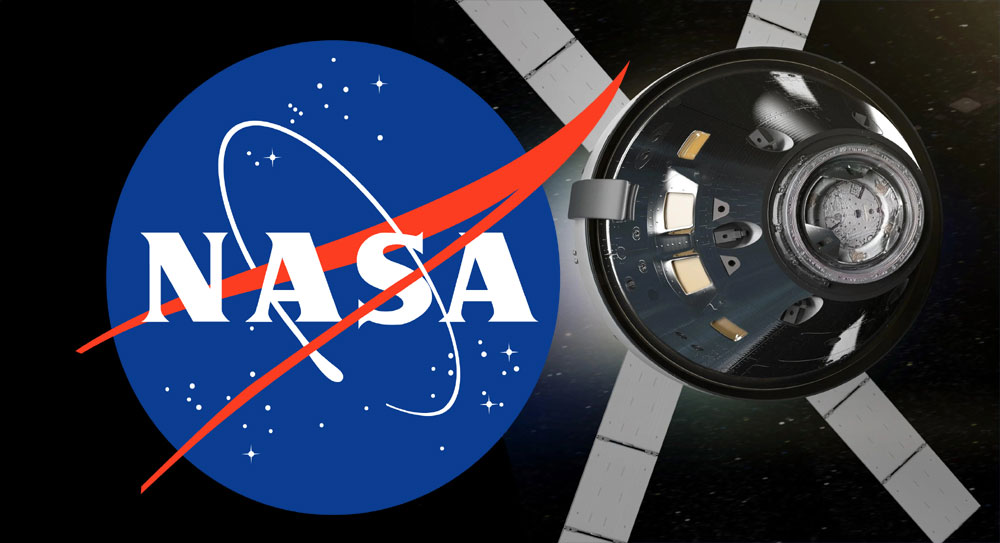
NASA unveils the four astronauts for its Artemis II lunar flyby mission, which is scheduled to launch as early as next year and will be the first crewed voyage around the Moon since the Apollo era ended more than 50 years ago.
The announcement was made in Houston at Johnson Space Center, NASA’s mission control base with the Canadian Space Agency (CSA). The four astronauts include: Victor Glover, Christina Koch and Reid Wiseman of NASA, and Jeremy Hansen of the Canadian Space Agency.
The Artemis II mission will be the first crewed flight, but not the first lunar landing, of an Apollo successor program that aims to return astronauts to the Moon’s surface this decade and establish a sustainable outpost there, creating a stepping stone to human exploration of Mars.
The crew consists of the first Canadian astronaut for a Moon mission, as well as three Americans from a group of 18 NASA astronauts – nine women and nine men – selected for the Artemis program in 2020.
The completion of the kickoff Artemis I mission in December 2022 marked the first launch of NASA’s next-generation mega-rocket and its newly constructed Orion spacecraft on an uncrewed test flight lasting 25 days.
The objective of the Artemis II flight is to demonstrate that Orion’s life-support apparatus and other systems will function as designed with astronauts aboard in deep space. This will be a in 10-day mission with 1.4-million-mile (2.3-million-km) journey around the Moon and back.
Artemis II is expected to reach a point more than 230,000 miles (370,000 km) away, which is higher than the average low-Earth orbit altitude of the International Space Station, which is about 250 miles (420 km) above Earth.
The Artemis II crew will be transported to Earth orbit on NASA’s two-stage Space Launch System (SLS) rocket to practice manual manoeuvres before handing over control of the capsule to ground control for further tests and the lunar flyby portion of the mission.
The journey would conclude with Orion circling the Moon, then using both the Earth’s and the Moon’s gravitational pull to launch the spacecraft on a propulsion-free return flight lasting approximately four more days, culminating in a splashdown at sea.
NASA’s human spaceflight ambitions have been significantly redirected from low-Earth orbit after spending decades on its Space Shuttles and the International Space Station.